The Union Cabinet has approved additional credit facilities worth up to Rs 20,000 crore for exporters and cleared a six-year Export Promotion Mission (EPM) with a total outlay of Rs 25,060 crore, as announced in this year’s Union Budget.
The decisions come amid mounting pressure on India’s outbound trade following steep US tariffs, which have begun to weigh on export performance. Shipments to the US fell 12 per cent in September, according to official data, while exports of engineering goods, which account for nearly a quarter of India’s total merchandise exports, declined 9.4 per cent during the same period.
Fifty per cent tariffs imposed by the US took effect on August 27. Following the China-US trade deal, India now faces some of the highest tariffs globally.
How will it help?
Under the Export Promotion Mission, priority assistance will be directed toward sectors hit hardest by global tariff hikes, including textiles, leather, gems and jewellery, engineering goods, and marine products, according to a report by the Indian Express. A statement issued by the Cabinet says that these interventions aim to sustain export orders, safeguard jobs, and promote diversification into new markets.
“The scheme is focused on the availability of credit and reducing the cost of credit, and focuses on MSME exporters so that they can expand to newer export markets,” Railway Minister Ashwini Vaishnaw said during a post-Cabinet press briefing.
Quick Reads
View AllVaishnaw added that the mission would also support exporters in addressing non-tariff barriers such as stringent technical standards, compliance requirements, and certification costs, which have become increasingly burdensome in several markets.
“The mission will also help meet the costs that exporters face to tackle non-tariff barriers such as compliance with standards, technical measures as well as certifications. The mission also has an element of market acquisition that will help with the cost of MSMEs to exhibit their goods in international exhibitions,” he said, noting that logistics, branding, and packaging expenses will also be covered.
The Cabinet statement described the mission as a “comprehensive, flexible, and digitally driven framework for export promotion,” spanning FY 2025–26 to FY 2030–31. It will consolidate key export support initiatives, including the Interest Equalisation Scheme and the Market Access Initiative, and align them with contemporary global trade needs.
What are some other measures?
In addition, the Cabinet approved the Credit Guarantee Scheme for Exporters (CGSE), which will offer 100 per cent coverage by the National Credit Guarantee Trustee Company Limited (NCGTC) to member lending institutions for extending collateral-free credit up to Rs 20,000 crore to eligible exporters, including MSMEs.
According to the government, the CGSE will enhance the global competitiveness of Indian exporters, strengthen liquidity, and ensure smoother business operations by providing easier access to credit.
The US tariff hike has dealt a particularly heavy blow to India’s textile and apparel sector. The US, India’s largest export destination for these products, accounts for about 28 per cent of the industry’s total revenue.
India’s textile and apparel exports to the US were valued at nearly $11 billion in 2024–25. According to an analysis by the Confederation of Indian Textile Industry (CITI), textile exports to the US dropped 10.45 per cent year-on-year in September 2025, while apparel exports fell 10.14 per cent during the same month. Overall, combined exports of textiles and apparel declined 10.34 per cent compared with September 2024, CITI said.


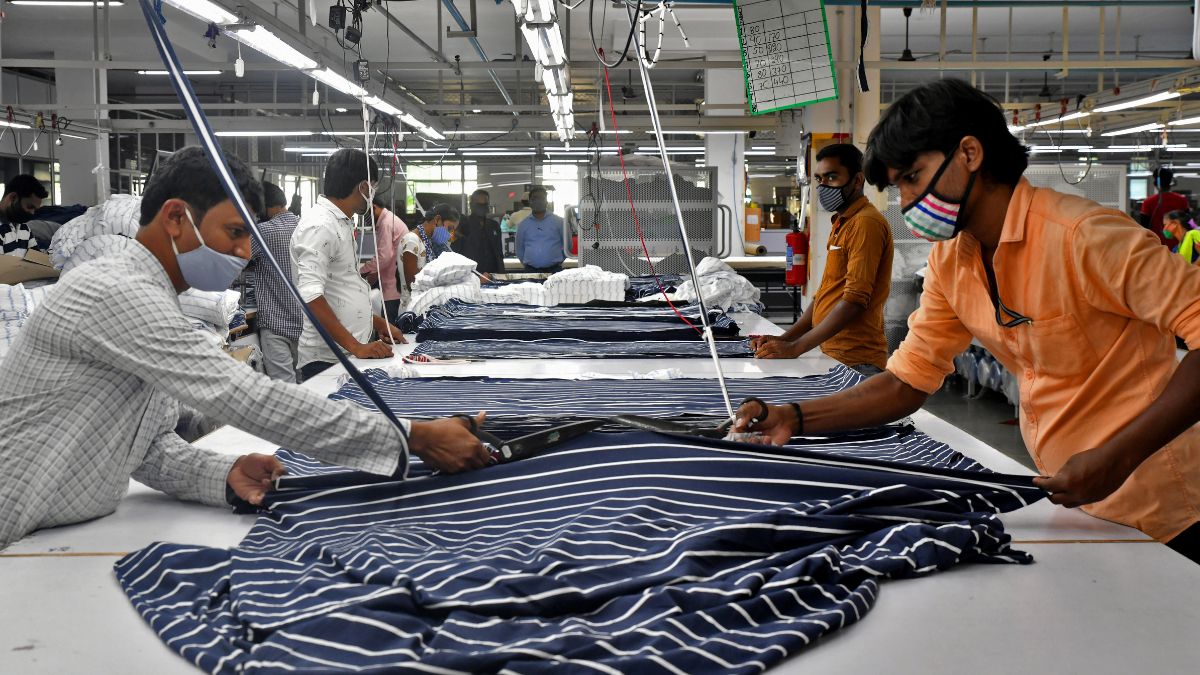)

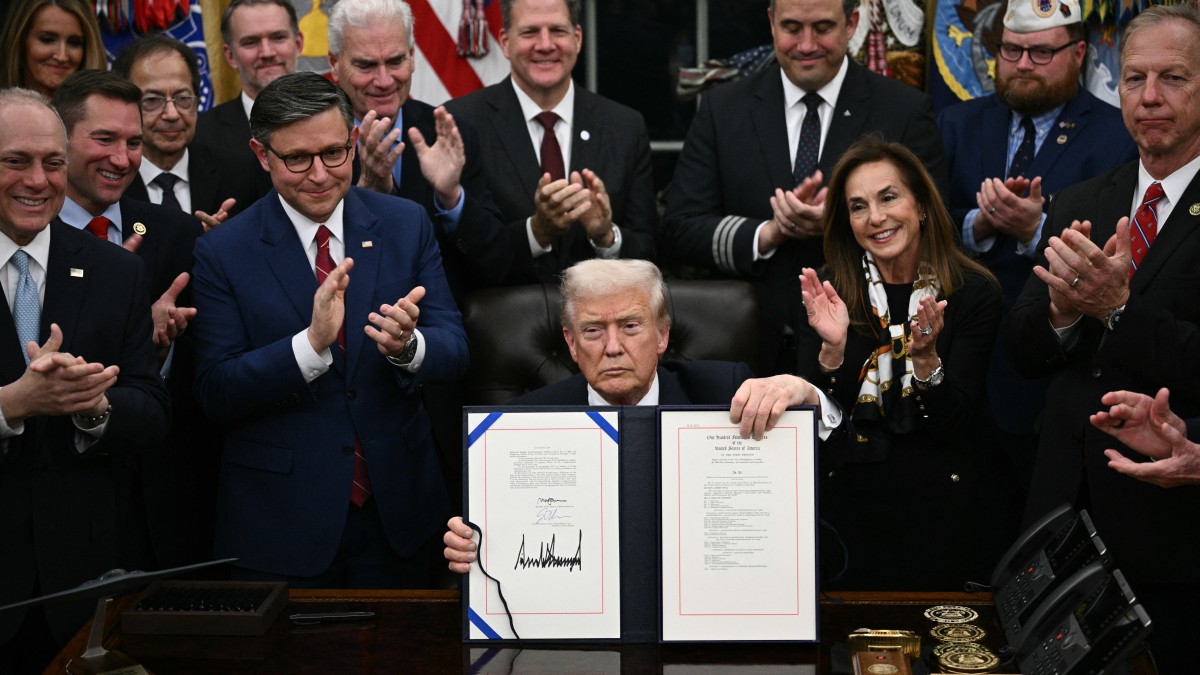)
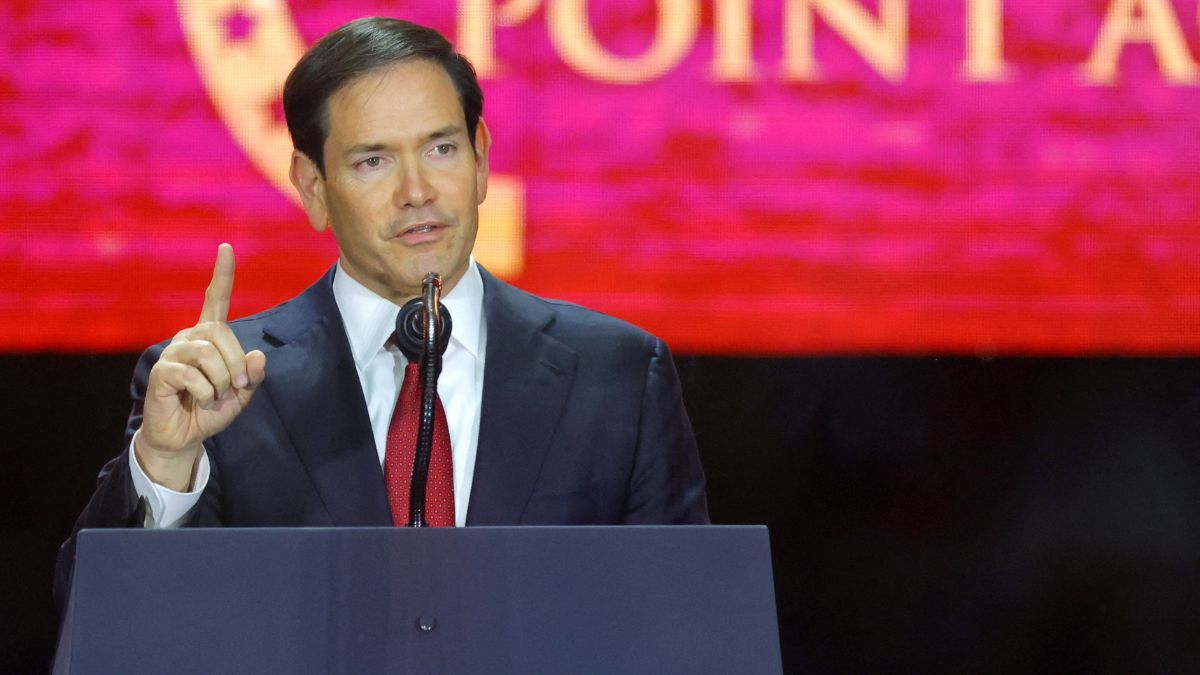)
)
)
)
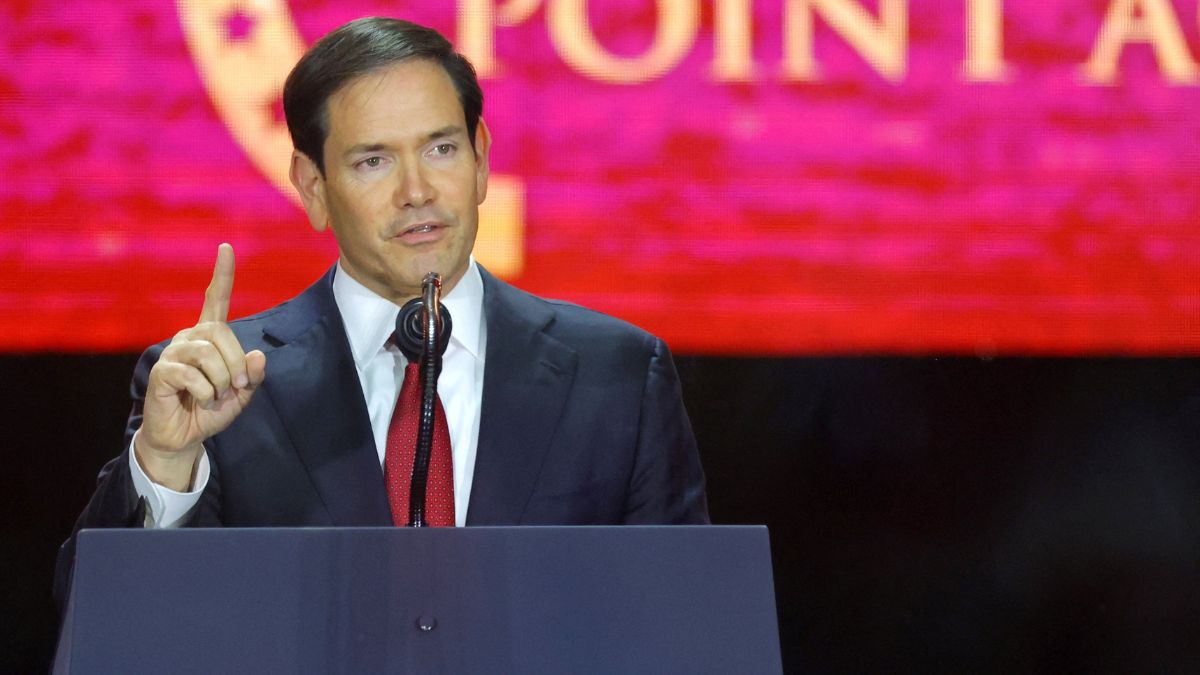)
)
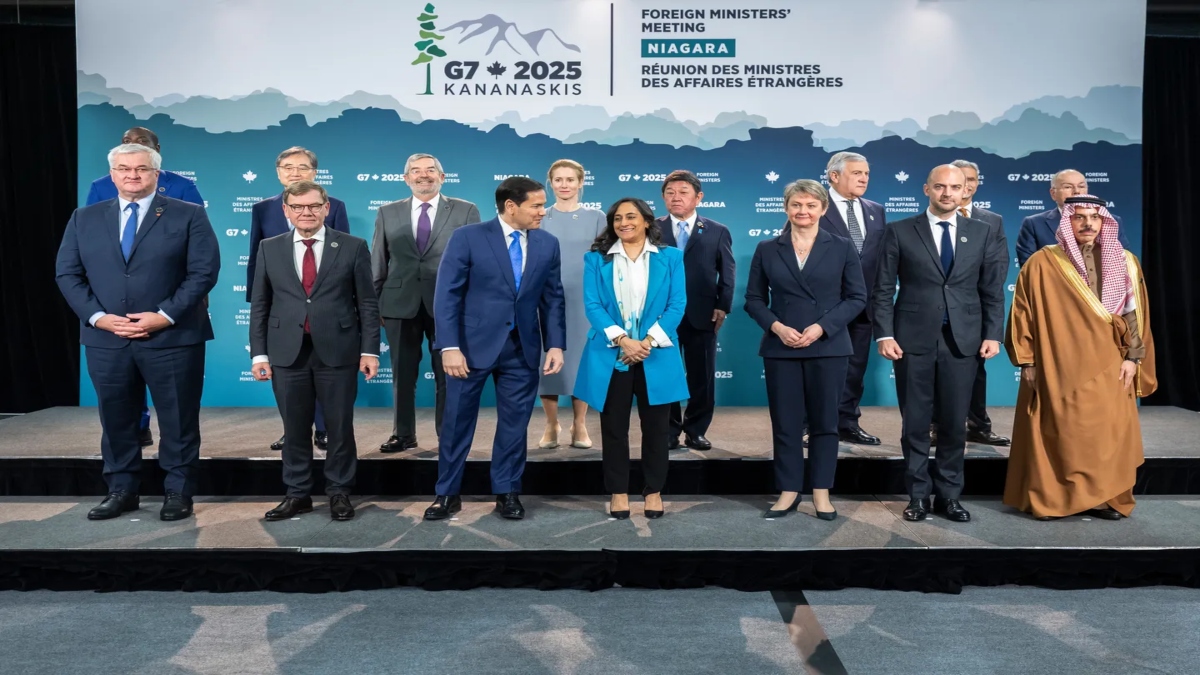)



